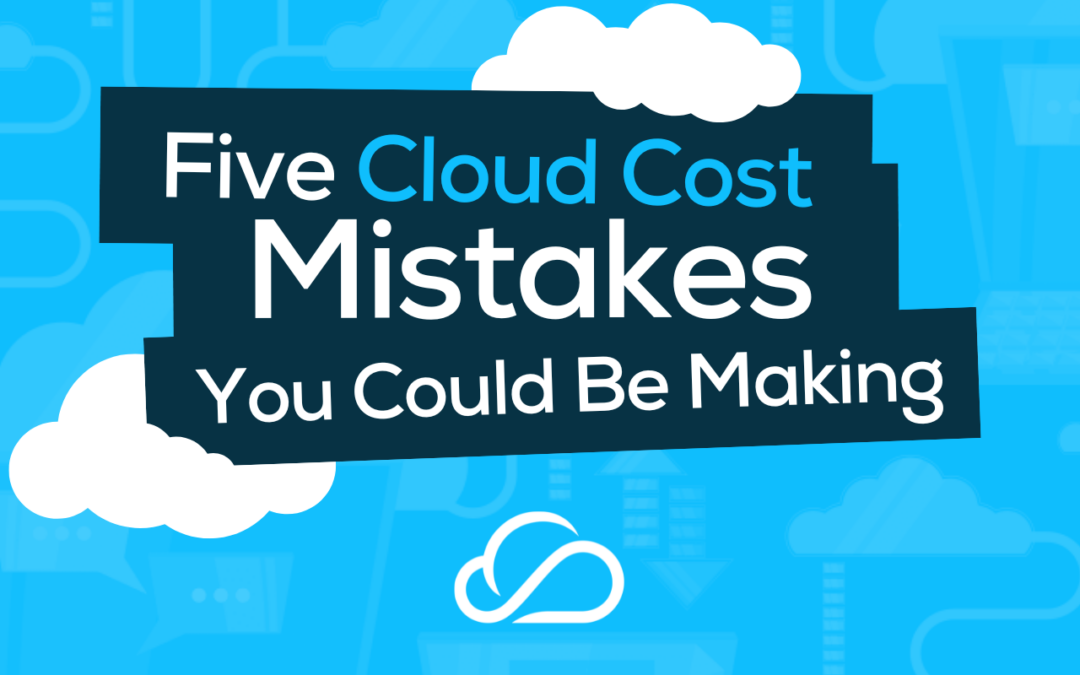Utilization of public cloud resources by your business requires a different mindset than managing those same resources in your own data center. When you introduce cloud computing with a consumption-based cost model, it brings a need for visibility and monitoring of usage. Cloud computing is complex and ever-changing, which can lead to cost mistakes if you are not paying attention.
Only Relying on the Finance Team for Cloud Savings
The first mistake you could make is assuming that cloud cost responsibilities fall to the finance team. Many hear the words “spending” and “costs” and quickly assume that departments like engineering, IT, and individual business units don’t need to be involved, but that’s where you would be wrong. Cloud computing is an extremely collaborative endeavor. To avoid overspending, everyone who touches the cloud needs to be involved. Each entity looks at cloud resources through a different lens, but they are all important. Visibility and accountability are key to optimizing cloud resources across all metrics, so collaboration is essential.
Paying for Extra Cloud Services You Don’t Use
Understanding the utilization and the costs of cloud resources is the first step to avoid paying for services that are underutilized or sometimes not utilized at all. The wide range of choices and complexity of cloud resources means there are many ways to solve the same problem. Combine this with 10s or 100s of folks with the ability to start and stop these resources, and it’s easy to see how resources might be forgotten, oversized, or usage simply diminishing over time. Monitoring and keeping these resources optimized for cost, performance, and business value is an ongoing process.
Forgetting Your Business Value When Deciding Cloud Costs
Cloud costs are not simply something to check off on a list. Ultimately your cloud costs need to tie back into the strategic direction of your company. The focus should not be solely on reducing costs, but it should also be on how the spending affects the company as a whole, contributing to its revenue, innovation, growth, and customer satisfaction. Spending should be strategized around projects and products, ensuring they provide the best results.
Assuming Your Strategies Are Working and Not Monitoring
Once you introduce cloud services into your business, you can not assume everything you implemented will continue to be optimal. Workloads, platforms, costs, requirements, business strategies and other factors will all change over time. Constant monitoring is required to ensure proper optimization. It is crucial to have visibility and analysis tools in place, so you can adjust your deployments accordingly.
Ignoring Unused or Orphaned Resources
Just like your desk, PC desktop, and even your smartphone can become cluttered, so can your cloud environment. Over time, you will encounter orphaned resources, idle virtual machines, and unattached storage volumes. Without proper visibility and tagging, it becomes difficult to identify and shut these resources down. Reviewing your environment regularly and decluttering should be easy and become routine.
There are many mistakes within cloud environments that could be costing you money. If you have further questions or want to see how you can optimize your cloud environment, contact the team at FinOps Oversight.

